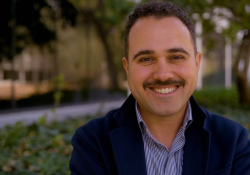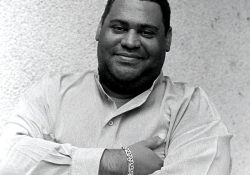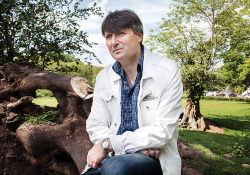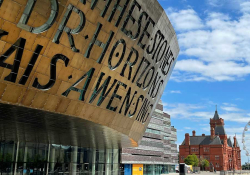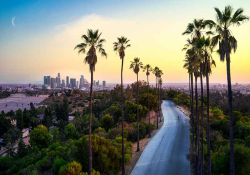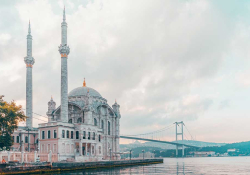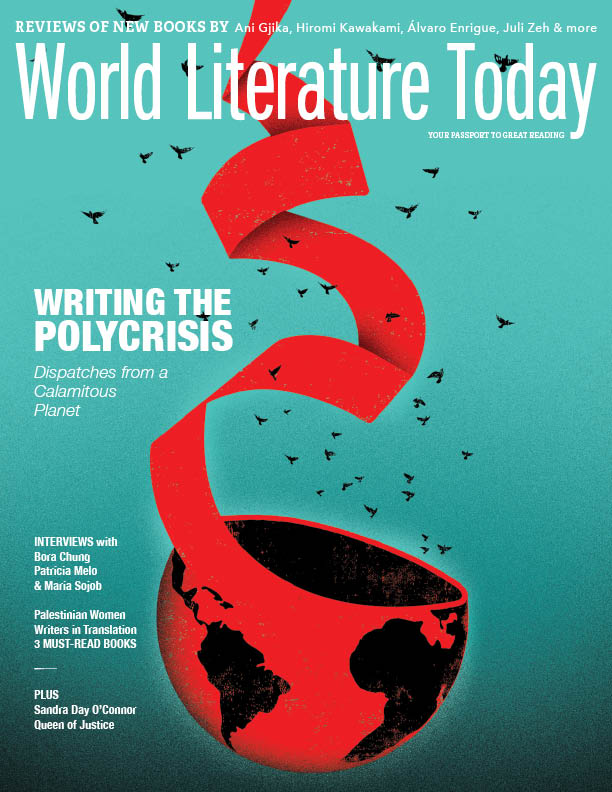Oklahoma City
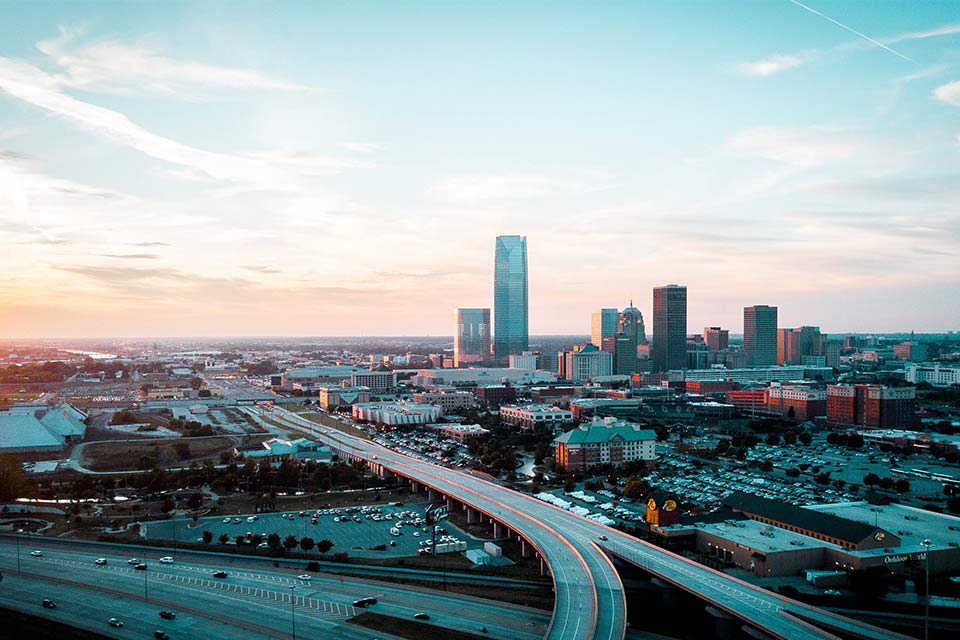
A cliché about Oklahoma City and Oklahoma in the national imagination is that it is a place to be passed through. In stories of the Dust Bowl, Oklahoma is a place to escape from. In stories of the European American settlement of the West, Oklahoma is a featureless landscape to be crossed. And in the cultural imagination of the coastal cultural industries, Oklahoma City is a part of flyover country, a view from an airplane. Major East–West and North–South highways have their crossroads here—if you wanted to, you could get on a highway in Minnesota and drive, uninterrupted, to Mexico; or, you could get on a highway in North Carolina and drive, uninterrupted, to California, pausing in Oklahoma City for a few minutes at one of its many convenient, enormous gas stations before continuing on your way.
But people live here, of course, and have lived here since time immemorial, despite the story of the state being mostly unassigned land that was available to be seized, first-come-first-served, by brave pioneers in the 1889 Land Run, Oklahoma City’s birthday.
So, to write from Oklahoma, from Oklahoma City, is automatically an act of insistence that there is a different story to be told, a voice to be heard, and that those stories and voices matter. You can see this essential position of defiance in the work of the greatest writer Oklahoma City can claim: Ralph Ellison. His novel Invisible Man, though mostly set in New York, is ultimately one voice of one young man insisting on the worth of his perspective and voice, speaking to and for everyone, if on the lower frequencies.
To write from Oklahoma, from Oklahoma City, is automatically an act of insistence that there is a different story to be told, a voice to be heard, and that those stories and voices matter.
Oklahoma City is one of the largest cities by area in the US. Its streets are a vast grid, graph paper spreading out in every direction. But, at the same time, everything is twenty minutes away. More specifically: there is a Sonic Drive-In ten minutes away, in any direction. The easy critical move is to follow Gertrude Stein’s painful judgment of Oakland and declare that, in Oklahoma City, there is no “there there.” But that’s not true; it’s a judgment that can only be made by someone driving past, flying over, passing through. The paradox is that Oklahoma City, a cityscape shaped by demands of the car, is best appreciated slowly and patiently. There’s a footpath pressed across the weedy lot; the city, to its credit, has been steadily lining streets with sidewalks and bike lanes. Don’t just zip through the Sonic Drive-In; stop, get out of the car, sit at one of the outdoor wire table and chairs, chew the ice from the giant Dr. Pepper slowly, and feel the weight of the summer air here, the specific infinity of the sky.
There’s so much to see here if you look closely. There is great wealth—the gleaming Devon tower is an enormous upside-down drill bit, probing upward into the sky, that is visible from all corners of the city. There is great poverty here—people living in makeshift camps underneath the highway overpass, an American flag flying from the corner of a neon-green tent. There are armadillos in the underbrush, herons on the lakeshore. And so many stories. Native American stories, African American stories. Stories in Spanish; stories in Vietnamese. The National Cowboy and Western Heritage Museum; Ma Der Lao Kitchen, one of Bon Appétit’s fifty best new restaurants of 2022, serving Lao cuisine.
And there is a literary life here you won’t see if you are watching the strip malls fly by from the highway. There are more bookshops every year: Commonplace, Literati Press, Nappy Roots, Floating Bookshop, and more, all relatively new, and Full Circle Bookstore, the Oklahoma City institution, a bookshop from a dream: towering, overstuffed wooden bookcases, fireplaces and comfortable chairs, within walking distance of an Olive Garden.
And there are writers here following traditions, creating new traditions. To name a few: Rilla Askew. Lou Berney. Constance Squires. Brandon Hobson. The explosion of poets and storytellers that descend on the Scissortail Festival at East Central University in Ada every spring. Community groups like Red Dirt Poetry host their own open-mic nights and writing groups.
The great Oklahoma poet Jeanetta Calhoun Mish introduced me to “The Last Song,” a poem by another great Oklahoma poet, Joy Harjo, that I think captures the insistent pride writers in Oklahoma feel for their home that is both honest affection and a kind of survival mechanism, a necessary reply to the world. “The Last Song” ends this way:
. . . and I know no other way
than to surround my voice
with the summer songs of crickets
in this moist south night air
Oklahoma will be the last song
I’ll ever sing
There are dangers in writing from Oklahoma City. It can feel lonely. There are too many storms, too many highways. But there’s also freedom, possibility, the reward of sharing a perspective that needs to be shared. And what, after all, is more beautiful and human than the silhouette of an individual person standing adrift on the vast prairie of a Walmart parking lot, silhouetted against the magnificent and various colors of an Oklahoma City sunset?
Oklahoma City
Editorial note: “The Last Song,” copyright © 1975 by Joy Harjo, was reprinted in How We Became Human (W.W. Norton, 2004). Reprinted here by permission of the publisher.

